The Hartford 2014 Annual Report Download - page 196
Download and view the complete annual report
Please find page 196 of the 2014 The Hartford annual report below. You can navigate through the pages in the report by either clicking on the pages listed below, or by using the keyword search tool below to find specific information within the annual report.-
 1
1 -
 2
2 -
 3
3 -
 4
4 -
 5
5 -
 6
6 -
 7
7 -
 8
8 -
 9
9 -
 10
10 -
 11
11 -
 12
12 -
 13
13 -
 14
14 -
 15
15 -
 16
16 -
 17
17 -
 18
18 -
 19
19 -
 20
20 -
 21
21 -
 22
22 -
 23
23 -
 24
24 -
 25
25 -
 26
26 -
 27
27 -
 28
28 -
 29
29 -
 30
30 -
 31
31 -
 32
32 -
 33
33 -
 34
34 -
 35
35 -
 36
36 -
 37
37 -
 38
38 -
 39
39 -
 40
40 -
 41
41 -
 42
42 -
 43
43 -
 44
44 -
 45
45 -
 46
46 -
 47
47 -
 48
48 -
 49
49 -
 50
50 -
 51
51 -
 52
52 -
 53
53 -
 54
54 -
 55
55 -
 56
56 -
 57
57 -
 58
58 -
 59
59 -
 60
60 -
 61
61 -
 62
62 -
 63
63 -
 64
64 -
 65
65 -
 66
66 -
 67
67 -
 68
68 -
 69
69 -
 70
70 -
 71
71 -
 72
72 -
 73
73 -
 74
74 -
 75
75 -
 76
76 -
 77
77 -
 78
78 -
 79
79 -
 80
80 -
 81
81 -
 82
82 -
 83
83 -
 84
84 -
 85
85 -
 86
86 -
 87
87 -
 88
88 -
 89
89 -
 90
90 -
 91
91 -
 92
92 -
 93
93 -
 94
94 -
 95
95 -
 96
96 -
 97
97 -
 98
98 -
 99
99 -
 100
100 -
 101
101 -
 102
102 -
 103
103 -
 104
104 -
 105
105 -
 106
106 -
 107
107 -
 108
108 -
 109
109 -
 110
110 -
 111
111 -
 112
112 -
 113
113 -
 114
114 -
 115
115 -
 116
116 -
 117
117 -
 118
118 -
 119
119 -
 120
120 -
 121
121 -
 122
122 -
 123
123 -
 124
124 -
 125
125 -
 126
126 -
 127
127 -
 128
128 -
 129
129 -
 130
130 -
 131
131 -
 132
132 -
 133
133 -
 134
134 -
 135
135 -
 136
136 -
 137
137 -
 138
138 -
 139
139 -
 140
140 -
 141
141 -
 142
142 -
 143
143 -
 144
144 -
 145
145 -
 146
146 -
 147
147 -
 148
148 -
 149
149 -
 150
150 -
 151
151 -
 152
152 -
 153
153 -
 154
154 -
 155
155 -
 156
156 -
 157
157 -
 158
158 -
 159
159 -
 160
160 -
 161
161 -
 162
162 -
 163
163 -
 164
164 -
 165
165 -
 166
166 -
 167
167 -
 168
168 -
 169
169 -
 170
170 -
 171
171 -
 172
172 -
 173
173 -
 174
174 -
 175
175 -
 176
176 -
 177
177 -
 178
178 -
 179
179 -
 180
180 -
 181
181 -
 182
182 -
 183
183 -
 184
184 -
 185
185 -
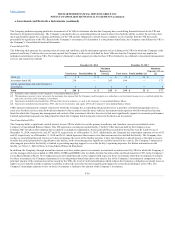 186
186 -
 187
187 -
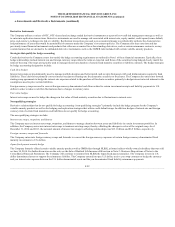 188
188 -
 189
189 -
 190
190 -
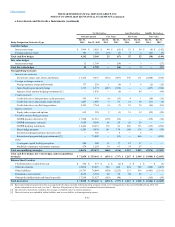 191
191 -
 192
192 -
 193
193 -
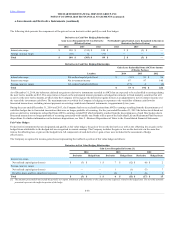 194
194 -
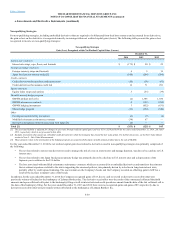 195
195 -
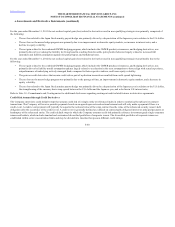 196
196 -
 197
197 -
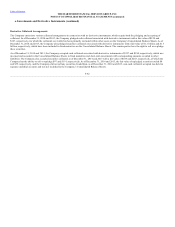 198
198 -
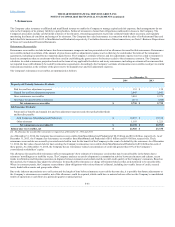 199
199 -
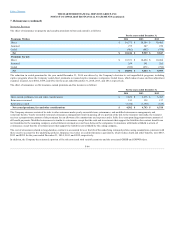 200
200 -
 201
201 -
 202
202 -
 203
203 -
 204
204 -
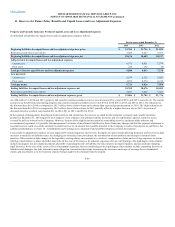 205
205 -
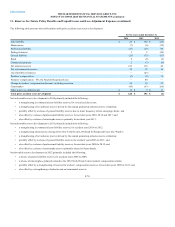 206
206 -
 207
207 -
 208
208 -
 209
209 -
 210
210 -
 211
211 -
 212
212 -
 213
213 -
 214
214 -
 215
215 -
 216
216 -
 217
217 -
 218
218 -
 219
219 -
 220
220 -
 221
221 -
 222
222 -
 223
223 -
 224
224 -
 225
225 -
 226
226 -
 227
227 -
 228
228 -
 229
229 -
 230
230 -
 231
231 -
 232
232 -
 233
233 -
 234
234 -
 235
235 -
 236
236 -
 237
237 -
 238
238 -
 239
239 -
 240
240 -
 241
241 -
 242
242 -
 243
243 -
 244
244 -
 245
245 -
 246
246 -
 247
247 -
 248
248 -
 249
249 -
 250
250 -
 251
251 -
 252
252 -
 253
253 -
 254
254 -
 255
255 -
 256
256 -
 257
257 -
 258
258 -
 259
259 -
 260
260 -
 261
261 -
 262
262 -
 263
263 -
 264
264 -
 265
265 -
 266
266 -
 267
267 -
 268
268 -
 269
269 -
 270
270 -
 271
271 -
 272
272 -
 273
273 -
 274
274 -
 275
275 -
 276
276 -
 277
277 -
 278
278 -
 279
279 -
 280
280 -
 281
281 -
 282
282 -
 283
283 -
 284
284 -
 285
285 -
 286
286 -
 287
287 -
 288
288 -
 289
289 -
 290
290 -
 291
291 -
 292
292 -
 293
293 -
 294
294 -
 295
295 -
 296
296
 |
 |

Table of Contents
For the year ended December 31, 2013 the net realized capital gain (loss) related to derivatives used in non-qualifying strategies was primarily comprised of
the following:
• The net loss related to the Japan fixed annuity payout hedge was primarily driven by a depreciation of the Japanese yen in relation to the U.S. dollar.
• The net loss on the macro hedge program was primarily due to an improvement in domestic equity markets, an increase in interest rates, and a
decline in equity volatility.
• The net gain related to the combined GMWB hedging program, which includes the GMWB product, reinsurance, and hedging derivatives, was
primarily driven by revaluing the liability for living benefits resulting from favorable policyholder behavior largely related to increased full
surrenders and liability assumption updates for partial lapses and withdrawal rates.
For the year ended December 31, 2012 the net realized capital gain (loss) related to derivatives used in non-qualifying strategies was primarily due to the
following:
• The net gain related to the combined GMWB hedging program, which includes the GMWB product, reinsurance, and hedging derivatives, was
primarily driven by liability model assumption updates largely related to a reduction in the reset assumptions to better align with actual experience,
outperformance of underlying actively managed funds compared to their respective indices, and lower equity volatility.
• The gain on credit derivatives that assume credit risk as part of replication transactions resulted from credit spread tightening.
• The net loss on the macro hedge program was primarily due to the passage of time, an improvement in domestic equity markets, and a decrease in
equity volatility.
• The net loss related to the Japan fixed annuity payout hedge was primarily driven by a depreciation of the Japanese yen in relation to the U.S. dollar,
the strengthening of the currency basis swap spread between the U.S. dollar and the Japanese yen, and a decline in U.S. interest rates.
Refer to Note 14 - Commitments and Contingencies for additional disclosures regarding contingent credit related features in derivative agreements.
The Company enters into credit default swaps that assume credit risk of a single entity or referenced index in order to synthetically replicate investment
transactions. The Company will receive periodic payments based on an agreed upon rate and notional amount and will only make a payment if there is a
credit event. A credit event payment will typically be equal to the notional value of the swap contract less the value of the referenced security issuer’s debt
obligation after the occurrence of the credit event. A credit event is generally defined as a default on contractually obligated interest or principal payments or
bankruptcy of the referenced entity. The credit default swaps in which the Company assumes credit risk primarily reference investment grade single corporate
issuers and baskets, which include standard and customized diversified portfolios of corporate issuers. The diversified portfolios of corporate issuers are
established within sector concentration limits and may be divided into tranches that possess different credit ratings.
F-60
